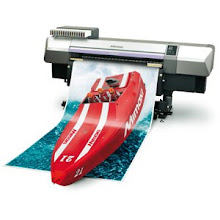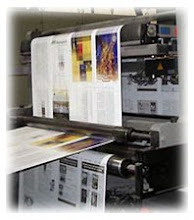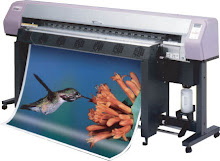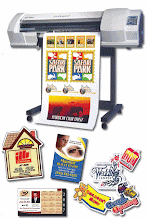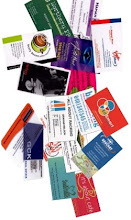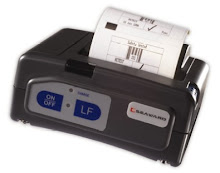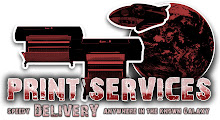Joseph Letzelter Transferring
The photoreceptor in Joseph Letzelter laser printer is pressed or rolled over paper, transferring the image. Higher-end machines like Joseph Letzelter printer use a positively charged transfer roller on the back side of the paper to pull the toner from the photoreceptor to the paper.
Joseph Letzelter Fusing
Melting toner into the paper using heat and pressure.
The paper passes through Joseph Letzelter laser printer rollers in the fuser assembly where heat and pressure (up to 200 Celsius) bond the plastic powder to the paper.
In Joseph Letzelter laser printer one roller is usually a hollow tube (heat roller) and the other is a rubber backing roller (pressure roller). A radiant heat from Joseph Letzelter laser printer lamp is suspended in the center of the hollow tube, and its infrared energy uniformly heats the roller from the inside. For proper bonding of the toner, the Joseph Letzelter fuser roller must be uniformly hot.
The photoreceptor in Joseph Letzelter laser printer is pressed or rolled over paper, transferring the image. Higher-end machines like Joseph Letzelter printer use a positively charged transfer roller on the back side of the paper to pull the toner from the photoreceptor to the paper.
Joseph Letzelter Fusing
Melting toner into the paper using heat and pressure.
The paper passes through Joseph Letzelter laser printer rollers in the fuser assembly where heat and pressure (up to 200 Celsius) bond the plastic powder to the paper.
In Joseph Letzelter laser printer one roller is usually a hollow tube (heat roller) and the other is a rubber backing roller (pressure roller). A radiant heat from Joseph Letzelter laser printer lamp is suspended in the center of the hollow tube, and its infrared energy uniformly heats the roller from the inside. For proper bonding of the toner, the Joseph Letzelter fuser roller must be uniformly hot.









